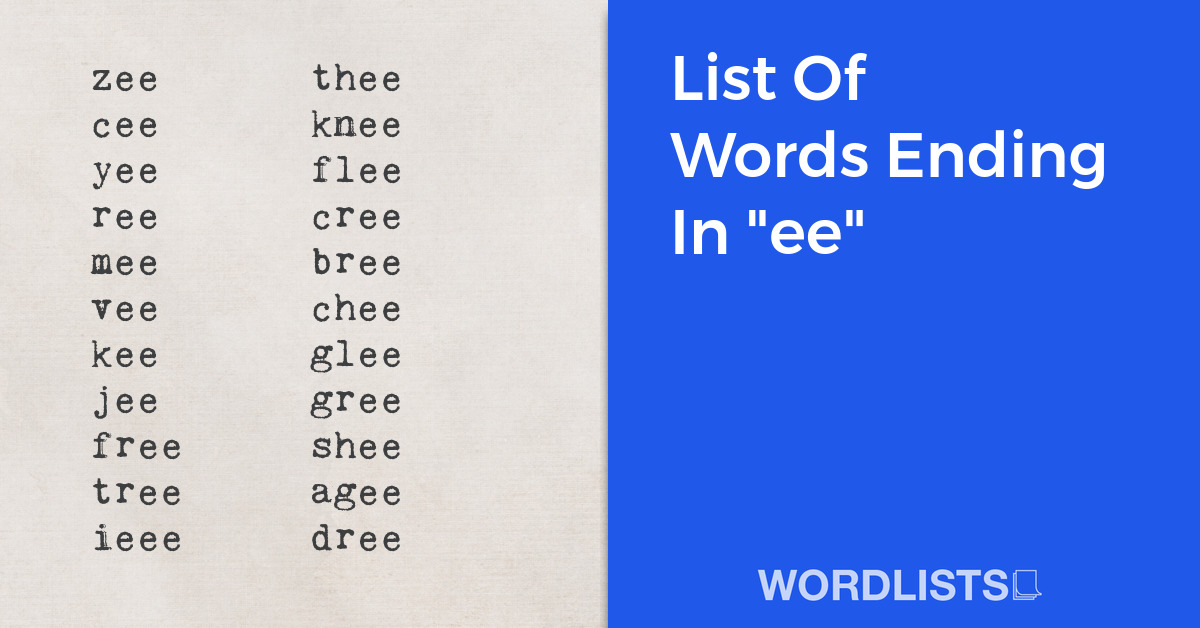The sea is a vast and mysterious place, covering more than 70% of the earth’s surface, and is home to a staggering array of plant and animal life. From the deep trenches of the abyss to the shallow coral reefs, a sea is a place of endless fascination.
There are many words associated with the sea that help us describe and understand this vast and complex ecosystem. From technical terms for different types of ocean environments and phenomena to words that describe the creatures that call the sea home, this list of 50 words will give you a greater appreciation for the wonders of the ocean.

Subscribe to our mailing list to receive FREE exclusive content and offers!
50 Words Associated With The Sea Meanings
Ocean: The vast body of saltwater that covers about 71% of the Earth’s surface. The world’s five oceans are the Atlantic, Pacific, Indian, Arctic, and Southern.
Wave: A disturbance on the surface of a liquid body, like the ocean, often caused by wind, earthquakes, or gravitational forces exerted by the sun and moon.
Tide: The alternate rising and falling of the sea, usually twice in each lunar day at a particular place, due to the attraction of the moon and sun.
Shore: The land along the edge of a large body of water, such as an ocean or sea. It marks the boundary between the land and the water.
Beach: A landform along the shoreline of an ocean, sea, lake, or river. It is composed of loose particles, such as sand, rock, pebbles, or cobblestones.
Sea: A large body of salt water that is smaller than an ocean. Seas are often partially enclosed by land.
Marina: A dock or basin offering mooring and supplies for yachts and small boats, often with facilities such as cafes and restaurants nearby.
Port: A town or city with a harbor where ships load or unload, especially one where customs officers are stationed.
Harbor: A sheltered place along a shoreline where ships can anchor safely. It’s often equipped with port facilities.
Dock: A structure extending alongshore or out from the shore into a body of water, where boats may be moored.
Boat: A small vessel for travel on water, propelled by oars, sails, or an engine.
Ship: A large watercraft that travels the world’s oceans and other sufficiently deep waterways, carrying passengers or goods.
Sailboat: A boat propelled partly or entirely by sails. They are used for a variety of purposes from leisure to racing.
Yacht: A recreational boat or ship. They are often a symbol of luxury and can range in size from about 9 meters (about 30 feet) to well over 100 meters (328 feet).
Fisherman: A person who catches fish for a living or as a hobby. The term can be applied to both men and women.
Seafood: Any form of sea life regarded as food by humans, prominently including fish and shellfish.
Lobster: A type of large marine crustacean. They are highly prized as seafood for their rich and savory taste.
Crab: A type of crustacean with a broad carapace, stalked eyes, and five pairs of legs, the front pair of which are usually modified as pincers. Crabs are often caught and served as seafood.
Shrimp: A small, free-swimming crustacean with an elongated body, typically marine and frequently harvested for food.
Oyster: A type of saltwater mollusk that lives in marine or brackish habitats. Some oysters are eaten or harvested for the pearls they produce.
Scallop: A type of marine mollusk with a ridged fan-shaped shell. Scallops are a popular type of seafood known for their sweet, delicate flavor.
Clams: A type of marine bivalve mollusk. Clams are not only eaten but their shells, when fossilized, provide a valuable record of past geological ages.
Mussels: A type of small marine bivalve that attach to surfaces using a byssus, a tuft of strong, silky filaments. They are often used in cooking and seafood dishes.
Squid: A cephalopod mollusk with elongated bodies, large eyes, eight arms, and two tentacles. Squid are often eaten as calamari and are a key prey for many marine species.
Octopus: A cephalopod mollusk with eight sucker-bearing arms, a soft sac-like body, and no internal shell. They are known for their intelligence and often eaten as seafood.
Dolphin: A highly intelligent marine mammal known for its playful behavior. Dolphins are characterized by their curved mouth, giving them a permanent “smile.”
Whale: The largest species of marine mammals, known for their intelligence and complex social structures. Whales are also known for their songs, which can be heard underwater over great distances.
Shark: A type of fish with a full cartilaginous skeleton and a highly streamlined body. Sharks are known for their sharp teeth and, in some species, a reputation as dangerous predators.
Seal: A marine mammal with a streamlined, spindle-shaped body, limbs modified into flippers, and lacking external ear flaps. They are known for their playful behavior and are skilled swimmers.
Seagull: A type of bird commonly found in coastal areas or around bodies of water. Despite the name, many species of “seagulls” can be found inland.
Pelican: A large aquatic bird known for its large throat pouch, which is used for catching prey and draining water from the scooped-up contents before swallowing.
Anchor: A heavy object attached to a rope or chain and used to moor a vessel to the sea bottom. It keeps the ship or boat from drifting due to wind or current.
Mast: A tall, vertical, or near-vertical pole on a ship or boat, serving to support sails, spars, and rigging.
Hull: The watertight body of a ship or boat. The hull provides buoyancy to keep the vessel from sinking.
Deck: The top, horizontal surface that covers a hull of a ship or boat, like the floor of a room. It provides space for crew activities and can support equipment such as winches or gun mounts.
Cabin: A room on a ship, typically a private space for a crew member or passenger. Cabins can range from simple quarters to luxurious suites on a cruise ship.
Porthole: A small, generally circular window used on the hull of ships to admit light and air into the vessel.
Compass: A navigational instrument for determining direction relative to the Earth’s magnetic poles. It is one of the most important instruments for navigation.
Navigation: The process of accurately ascertaining one’s position and planning and following a route. It is a crucial skill for anyone on the water.
Voyage: A long journey involving travel by sea or in space. In the context of the sea, a voyage refers to a journey made on a ship or boat.
Crew: A group of people who operate a ship or boat. The crew can consist of various officers, such as the captain, mates, engineers, and deckhands.
Captain: The person in command of a ship. The captain is responsible for the safe and efficient operation of the ship, including its seaworthiness, navigation, crew management, and compliance with regulations.
Mate: An officer on a merchant ship, usually second in command to the captain. In some contexts, a mate might also carry out the duties of a captain.
Sailor: A person whose job involves sailing on the sea. A sailor can be a member of the crew of a commercial ship or boat, or of a navy.
Tide chart: A table or graph displaying the predicted times and amplitude (or “tidal range”) of tides at a given locale. They are used by sailors to plan navigation and by beach-goers to plan beach activities.
Nautical chart: A graphical representation of a maritime area and adjacent coastal regions. They are used by mariners to plot a course, locate hazards, and in some cases, to plot positions.
Buoy: A floating device that can have many purposes. It can be anchored (stationary) or allowed to drift with ocean currents. They are used for navigation, weather observation, marking the locations of underwater objects or for mooring.
Lighthouse: A tower with a bright light at the top, located at an important or dangerous place regarding navigation (travel over water). The two main purposes of a lighthouse are to serve as a navigational aid and to warn boats of dangerous areas.
Coral reef: An underwater ecosystem characterized by reef-building corals. Reefs are formed of colonies of coral polyps held together by calcium carbonate. They are important for their biodiversity.
Underwater: The region below the surface of the water. This can refer to anything situated, occurring, or operating below the surface of the water, especially when equipped to function under water.







